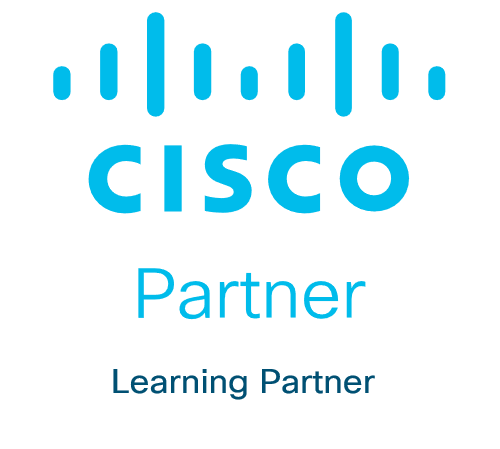What you’ll learn
Who should enroll
- System engineers
- System integrators
- System programmers
- System administrators
- Network administrators
- Solutions designers
Technology areas
- Software Defined Networking
- Service Provider
Training overview
Objectives
After completing this course, you should be able to:
- Describe the NSO application framework
- Deploy NSO in Docker
- Implement Python- and template-based service
- Describe service lifecycle integration
- Describe the implementation of Layer 3 MPLS VPN service for a new service deployment
- Implement Nano services
- Describe the implementation of Layer 3 MPLS VPN service for an existing deployment
- Describe managed services
- Implement stacked services
- Describe how to scale service orchestration
- Describe the European Telecommunications Standards Institute Management and Orchestration (ETSI MANO) Framework
- Manage VNF Lifecycle with Cisco ESC
- Implement NFV
Prerequisites
efore you take this course, we recommend that you have the knowledge and skills obtainable by attending the NSO Essentials for Programmers and Network Architects (NSO201) class, plus have knowledge in the following areas:
- Basic knowledge of the command line of UNIX-like operating systems
- Basic knowledge of Network Configuration Protocol (NETCONF)
- Basic knowledge of Yet Another Next Generation (YANG) data modelling
- Basic knowledge of Python software development
Course Outline
- Discovering the NSO Application Framework
- NSO Transaction Model and Mapping Options
- NSO Python API Overview
- Deploying NSO in Docker Containers
- Comparing NSO Deployments
- NSO in Docker Overview
- Developing Python and Template-Based Service
- Service Strategy
- Service Design—Service Model
- Integrating Service Lifecycle
- Service Lifecycle Overview
- Integration Options Overview
- Developing a Layer 3 MPLS VPN Service for New Service Deployment
- Service Strategy
- Service Design—Service Model
- Developing Nano Services
- Nano Services
- Service Design Manual Resource Allocation
- Developing Layer 3 MPLS VPN Service for Existing Deployment
- Existing Service Deployment Strategy
- Existing Service Deployment Design
- Introducing Managed Services
- Managed Services Overview
- Resource Allocation
- Implementing Stacked Services
- Stacked Services Strategy
- Implementing Resource-Facing Services
- Scaling Service Orchestration
- Optimization Options
- Layered Services Architecture Design
- Discovering the ETSI MANO Framework
- Network Functions Virtualization Initiative
- ETSI MANO
- Managing VNF Lifecycle with Cisco ESC
- Introduction to Cisco ESC
- VNF Lifecycle Management
- Orchestrating NFV
- NFV Orchestration (NFVO) Bundle Introduction
- VNF Descriptor
Lab outline
- Create NSO Docker Environments
- Create Switch Virtual Interface (SVI) Service Using Premodification Service Callback
- Implement Nano Services
- Create an L3VPN Service Using Dynamic ID Allocation
- Perform an L3VPN Service Upgrade
- Implement Stacked Services
- Deploy Link State Advertisement (LSA) Service
- Integrate Cisco ESC and OpenStack
- Deploy NFV for Demilitarized Zone (DMZ) Service
- Implement Self-Test Action



